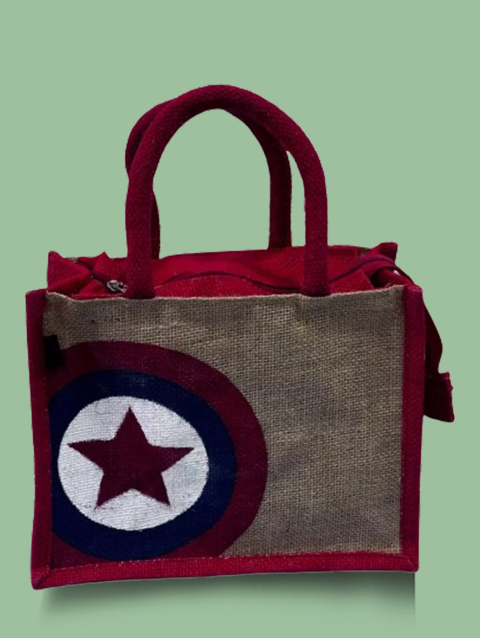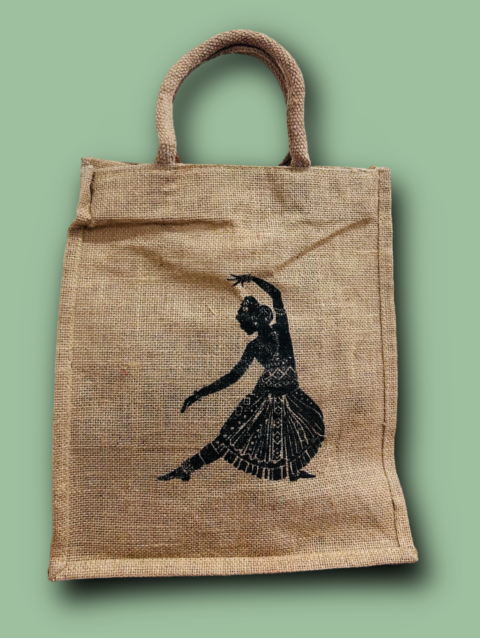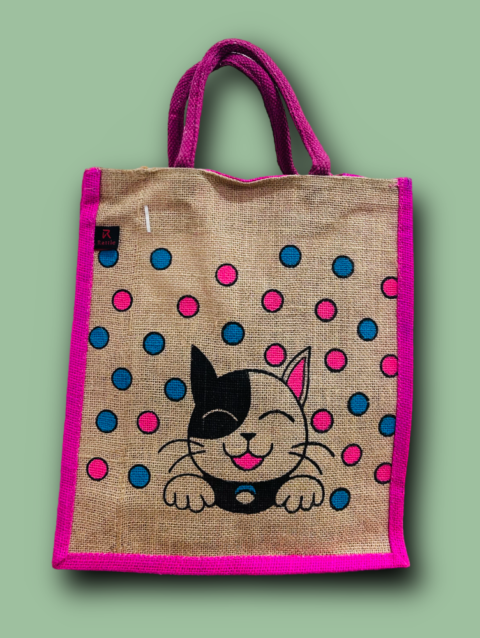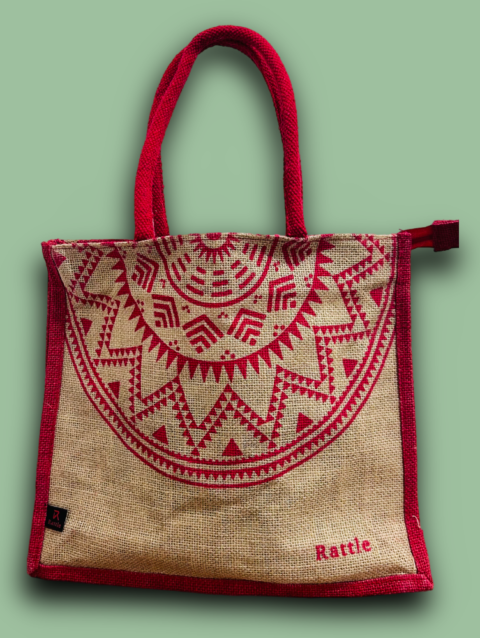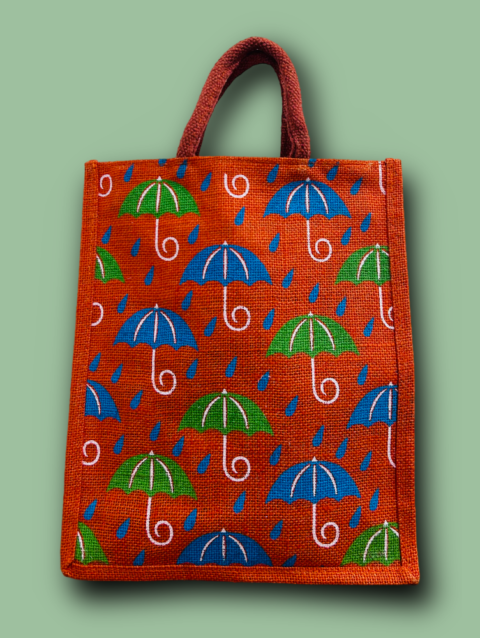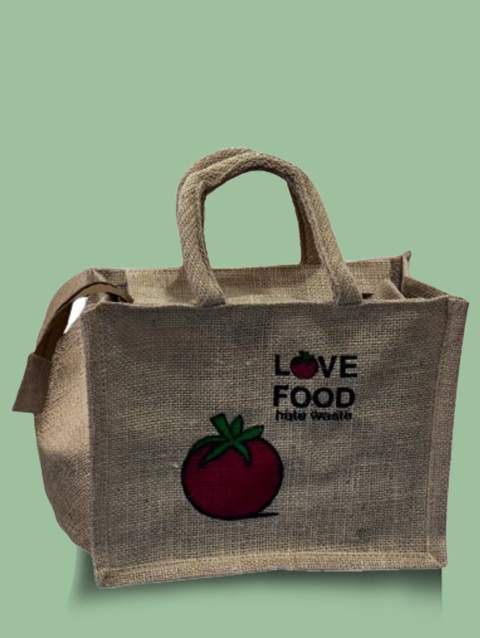
Unique Handcrafted Jute Bags: Artisanal Techniques and Traditions
Handcrafted jute bags are not only sustainable alternatives to plastic but also showcases of rich traditions and artisanal techniques. Each bag tells a story of meticulous craftsmanship and cultural heritage. In this blog, we delve into the unique processes, designs, and cultural significance behind these eco-friendly bags.
1. Introduction to Handcrafted Jute Bags
- Sustainability and Style: Handcrafted jute bags seamlessly blend sustainability with style. Unlike mass-produced items, these bags often feature intricate details and personal touches that reflect the artisans’ skill and creativity.
- Cultural Significance: In many regions, jute crafting is more than a livelihood; it’s a cultural heritage. These bags carry the essence of local traditions and craftsmanship.
2. Cultivation and Harvesting of Jute
- Eco-Friendly Farming: Jute is primarily grown in India and Bangladesh using sustainable farming practices. The jute plant thrives in alluvial soil and requires minimal pesticides and fertilizers, relying mainly on natural rainfall.
- Harvesting: The jute plants are harvested manually after 4-6 months when they mature. The stalks are cut and left to dry before being bundled for the retting process.

3. Traditional Retting Process
- Water Retting: The traditional retting process involves submerging jute stalks in water for 2-3 weeks to loosen the fibers from the woody core. This process is crucial for producing high-quality fibers Jute bag.
- Cultural Practices: In some communities, retting is a communal activity, with families working together and sharing techniques to ensure the best quality fibers.
4. Fiber Extraction and Preparation
- Stripping: After retting, the fibers are stripped from the stalks by hand, a labor-intensive process requiring skill to ensure the fibers remain intact and strong.
- Washing and Drying: The fibers are washed to remove impurities and then dried under the sun, maintaining their natural strength and color.
5. Artisanal Spinning and Weaving
- Spinning: The dried fibers are spun into yarn using traditional spinning wheels. Artisans control the thickness and texture of the yarn, adding a unique touch to each batch.
- Handloom Weaving: The spun yarn is woven into fabric on handlooms, incorporating various weaving patterns that reflect the artisan’s cultural heritage and personal style.
6. Crafting Unique Designs
- Pattern and Design: Artisans often incorporate traditional patterns and motifs into the jute fabric. These designs can be inspired by local flora and fauna, geometric shapes, or cultural symbols.
- Dyeing Techniques: Natural dyes are frequently used to color the jute fabric, derived from plants, roots, and other natural sources, ensuring the bags remain environmentally friendly.
7. Hand-Stitching and Finishing
- Cutting and Sewing: The woven jute fabric is cut into pieces and hand-stitched to create bags. This stage involves detailed craftsmanship, ensuring each bag is sturdy and beautifully finished.
- Adding Embellishments: Artisans may add embellishments such as embroidery, beadwork, or appliqué, each adding a unique touch and enhancing the bag’s aesthetic value.





8. Quality Control and Sustainability
- Inspection: Each handcrafted jute bag undergoes a thorough quality check. Inspectors ensure that the bags meet high standards of durability and craftsmanship.
- Sustainable Practices: The entire process, from cultivation to finishing, adheres to sustainable practices. This includes using natural dyes, minimizing waste, and employing eco-friendly techniques.
9. Cultural and Economic Impact
- Empowering Artisans: The production of handcrafted jute bags provides livelihoods for many artisans, particularly in rural areas, supporting community development and preserving traditional crafts.
- Cultural Preservation: These bags are a testament to the rich cultural heritage of the regions where they are made. They help keep traditional crafting techniques alive in the modern world.
Conclusion
Handcrafted jute bags represent a perfect blend of sustainability, tradition, and artistry. By choosing these bags, consumers support eco-friendly practices and contribute to preserving cultural heritage and empowering artisans. Each bag tells a story of dedication, skill, and tradition, making it a unique addition to any wardrobe.
In embracing handcrafted jute bags, we not only reduce our environmental footprint but also celebrate and support the artisans who pour their heart and soul into every piece they create.




